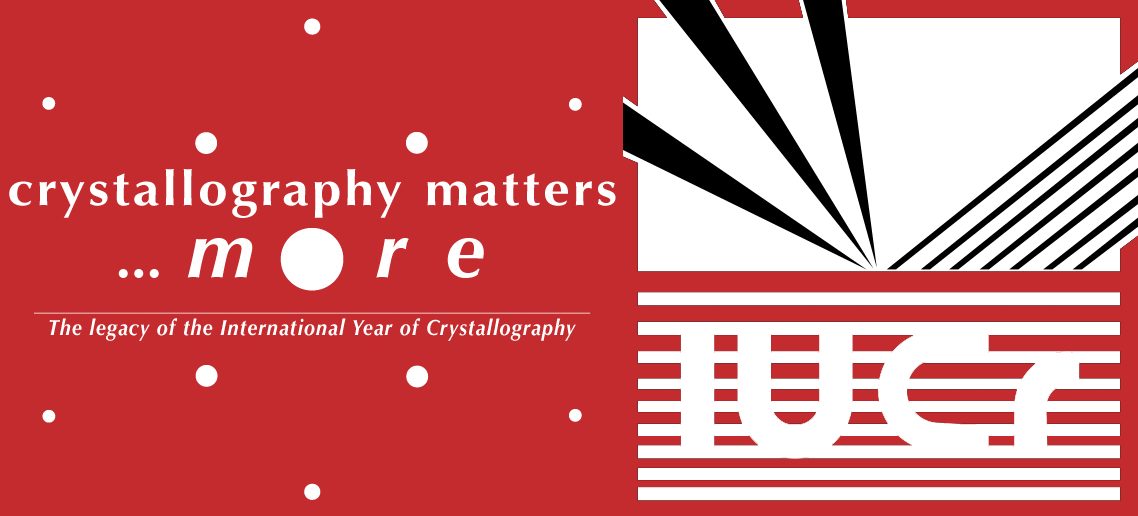issue contents
January 2023 issue

Cover illustration: Electron-deficient conjugated oligomers are interesting as electron-transporting materials in organic electronics. The combination of rigid segments with flexible side chains may cause mesomorphism. 2,5-Bis[5-(3,5-didodecyloxyphenyl)-1,3,4-oxadiazol-2-yl]-3,6-dimethylpyrazine was prepared via twofold acylation of the dialkoxyphenyl-tetrazole with a pyrazinedicarboxylic acid dichloride and thermal ring transformation. The nearly planar molecule is centrosymmetric with two all-s-trans chains, the other two chains have an s-cis unit starting with the oxygen atoms. Alternating all-trans chains and those with the s-cis unit are interdigitated. See: Joa, Schollmeyer & Detert [IUCrData (2023). 8, x230034].
inorganic compounds


 access
accessmetal-organic compounds


 access
access

 access
accessorganic compounds


 access
access

 access
access

 access
access

 access
access

 access
access

 access
access

 access
access

 access
access

 access
access

 access
access

 access
access
 journal menu
journal menu

























![[publCIF]](/logos/authorchecklist11.gif)





